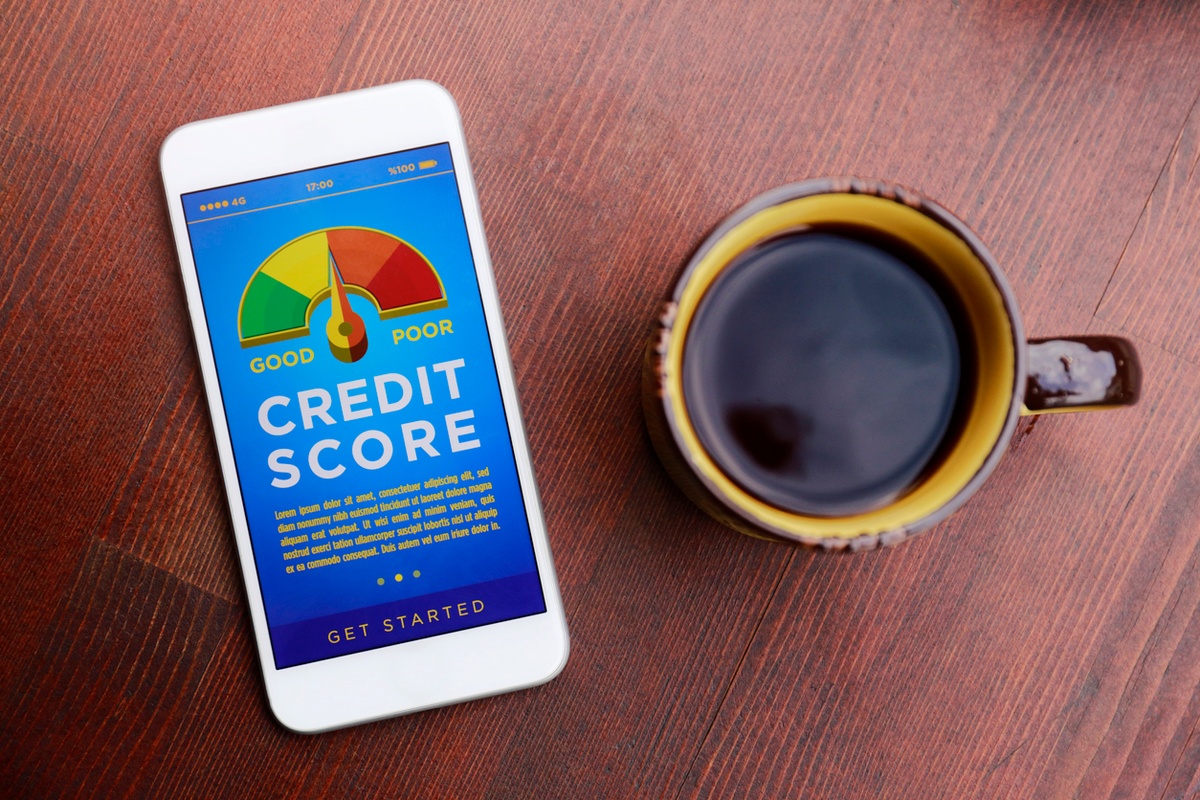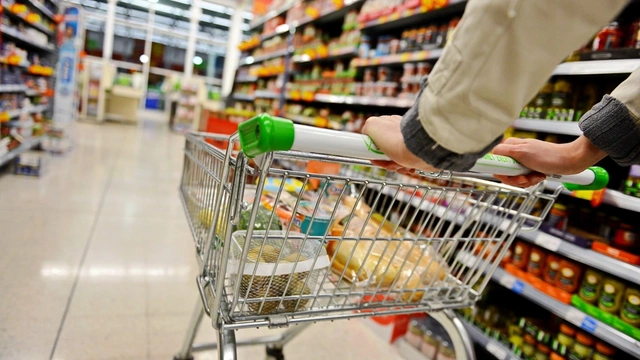We've all dealt with our fair share of rising prices over the last couple of years.
But when you're paying more for a smaller or lower quality product, it can make the situation feel worse.
When this happens, it's often down to two economic tactics: shrinkflation and skimpflation.
We're digging into what each of these is, how to spot them, and how to make sure you're still getting value for money.
Shrinkflation and skimpflation can happen when the cost of ingredients goes up
When the prices of ingredients or materials go up, manufacturers have a few choices:
- Raise prices to reflect their costs.
- Make products smaller to keep them affordable.
- Reduce the amount of expensive ingredients/materials in the product.
- Swallow the increased cost and make less money.
Often, this means customers paying more, getting less, or both.
Shrinkflation happens when products shrink, but prices don't
When manufacturers make products smaller but don't make them cheaper, this is shrinkflation. The idea behind it is that you still get quality products at an affordable price. You just get slightly less of them.
Shrinkflation is a tactic often used by food and drink manufacturers. But it can happen with all sorts of household goods. For example:
- A pack of biscuits that used to contain 12 biscuits now contains 10.
- Toilet rolls that used to have 150 sheets per roll now have 120.
- A block of cheese that used to weigh 240g now weighs 200g.
Skimpflation happens when product quality reduces, but the price stays the same
Skimpflation happens when manufacturers use less of a key ingredient or material, or swap it for a cheaper one. This means you'll receive the same quantity of the product, and the price stays the same. But the quality is lower.
Like shrinkflation, skimpflation is most often used in food and drink. For example:
- A pack of six sausages that used to contain 97% pork now contains 92%.
- Guacamole that used to be 87% avocado is now 82%.
- A ready meal spaghetti bolognese that used to contain 34% beef is now 28%.
But you may come across it in other household goods too, like handwash that contains less soap and more water.
Food skimpflation also comes with a nutritional impact
When a manufacturer reduces the amount of something expensive in a product, they usually use cheaper or 'filler' ingredients to make up the weight difference. For example, in sausages, pork is likely to be replaced with flour. Or in guacamole, avocado could be replaced with more tomato or onion.
As well as making a difference to the taste and texture, these swaps can also affect the amount of protein, carbohydrates, and fat in your food. This may mean you're not getting as much nutrition for your money.
These tactics are sneaky, but they're not against the rules
Under food standards regulations, the main rule that manufacturers must follow is for their packets and labels to be accurate and not misleading. This means that as long as the ingredients, size, and weight are up to date on an item's label, the manufacturer isn't required to tell you something's changed.
As a result, many people don't notice shrinkflation or skimpflation happening. And when they do, they feel duped. Some instances of shrinkflation and skimpflation have caused consumer outrage, such as when Cadbury's cut the number of bags of Animals biscuits in a pack in February 2024.
How to spot shrinkflation and skimpflation
Without keeping old packaging to compare the weight and ingredients of your favourites as time goes on, shrinkflation and skimpflation can be difficult to spot. But there are some other tricks that can help you identify these tactics being used:
Look out for unavailable products online
If you do your grocery shopping online, then you might notice that some items appear unavailable when you search for them or use a 'favourites' list to shop. But what looks like an identical product is shown as an alternative. If the alternative is slightly smaller, yet costs the same as your old favourite, that's shrinkflation.
Watch out for labels like 'new recipe'
Often when the ingredients in a product change, the manufacturer will update the packaging to promote the 'new recipe' or formulation. But 'new' doesn't always mean 'improved'. Changes to ingredients could be a sign of skimpflation.
Trust your instincts
ONS research in 2019 found that between 2012 and 2017, over 2,500 products had shrunk, while their prices stayed the same or increased. It's likely that thousands more products have been affected by shrinkflation or skimpflation since then. So if you think that a product is different or is smaller than it used to be, you're probably right.
To keep getting good value for money, remember to shop around
The key to getting good value for money despite shrinkflation and skimpflation is to shop around.
Try different retailers to find the best deals
Just because a product has been shrunk without reducing the price at your usual supermarket doesn't mean that's happened everywhere. Before you buy the smaller item, compare different retailers to see if any of them still have the original size, or are offering the smaller size at a better price.
Compare between brands to get the best quality products
If you notice one of your usuals has a new recipe or formulation, compare the ingredients with other brands on the shelf to see if there are any differences. Then, you can decide whether any quality difference you find is worth the extra money.
Check the unit price on items to get the best value for money
Unit prices are often found on shelf-edge stickers in shops, or on product listings online. They can be expressed in different ways:
- The cost per weight, e.g. 'cost per 100g'.
- The cost per item in a multipack, e.g. 'cost per bar'.
- The cost per area covered, e.g. 'cost per metre squared'.
Paying attention to the unit price can help you more easily compare different brands and pack sizes to get the best value for money. For example:
A 500g bag of pasta costs 80p and has a unit cost of £1.60 per kg. Meanwhile, a 2kg bag of pasta costs £2.90, and has a unit cost of £1.45 per kg. So even though the larger bag costs more, it's better value for money.
That said, it's important to only spend more on bigger, better value for money packs if you're sure you'll use that much of the product. If the extra would be wasted, then it's a better choice to buy the smaller pack.
Next, read about the psychological tricks retailers use to get you to spend more!
![Email icon]()
Become a money maestro!
Sign up for tips on how to improve your credit score, offers and deals to help you save money, exclusive competitions and exciting products!









